On this day in 1865, Patrick Francis Healy (1834-1910) earned his doctorate degree in philosophy at the Catholic University of Louvain in Belgium, becoming the first known African-American to achieve a PhD in higher education.
However, throughout Healy’s career he was passing as white. His multiracial heritage allowed him opportunities for success not otherwise afforded to blacks in the late 19th century. Healy was born on February 27, 1830 in Macon, Georgia to parents Michael Healy, a white Irish slave owner, and Mary Eliza, a former slave, who was of mixed heritage.
Up until Mary Eliza’s death in 1850, Healy’s parents lived in a faithful common-law marriage, providing a stable family net for Healy and his nine siblings.
In order to give Healy and his siblings access to an education, Michael Healy staged their move to the North. Once in New York, Healy decided to identify as Irish-American. Because much of his heritage was white and he was fair, Healy chose to pass, enabling academic and professional accomplishments that would have been impossible if his background was openly known.
Many of the Healy siblings did the same to get ahead: James Augustine Healy went on to become America’s first African-American Catholic priest and Archbishop of Portland, Michael Augustine Healy worked for the U.S. Revenue Service as a Third Lieutenant with a commission signed by President Abraham Lincoln, and Eliza Healy became the first African-American woman to be appointed as a mother superior at a Catholic convent in the U.S.
After being enrolled at College of the Holy Cross in Worcester, Massachusetts, Healy found refuge in Catholicism. Throughout his time there, he refrained from identifying as a mixed-raced American and kept his African-American ancestry hidden. After graduating from Holy Cross, he worked towards becoming a Jesuit priest.
In 1858, Healy was sent to the Saint-Sulpice Seminary in Paris, France, and later, the University of Louvain in Belgium, where he earned his doctorate in philosophy. During his journey, he became fluent in Latin, French, Italian, and German. In 1850, Healy became one of the first African-American Jesuits and as part of his duties, was sent to teach philosophy at the Catholic Georgetown College (now University) in Washington, D.C.
Eight years later on July 31, 1874, Healy was inaugurated as the President of Georgetown, making him the first African-American President of a non-black college in the country. At Georgetown, Healy is remembered for his great strides – he is attributed with transforming the college into a modern university and for implementing science courses, particularly in chemistry and physics.
While there, Healy expanded Georgetown’s schools of law and medicine as well. The university’s flagship building, planned during Healy’s term as president and recognized today as one of his major accomplishments, is named Healy Hall in his honor, an excellent example of High Victorian style by Smithmeyer and Pelz. The site is listed today on the D.C. Inventory of Historic Sites and on the National Register of Historic Places.
Many of the people in the Jesuit community at Georgetown knew of his heritage and described it as “the problem related to his background.” Healy himself referenced it in a letter to his friend recalling, “remarks are sometimes made… which wound my very heart. You know to what I refer.”
According to historian James O’Toole, Healy spent his entire adult life passing in order to achieve success and it was not until the 1960s that his racial history was revealed.
Before O’Toole’s research, it was believed that scholar and author W. E. B. DuBois was the first African-American to earn a PhD. After retiring in 1882, Healy traveled around the country with his brother James. In 1908, Healy returned to Georgetown due to illness and later died there.
Today Healy is recognized as Georgetown’s “second founder” and his memorial can be found on the grounds of the University’s Jesuit cemetery.
Source: ArthurAshe.UCLA.edu

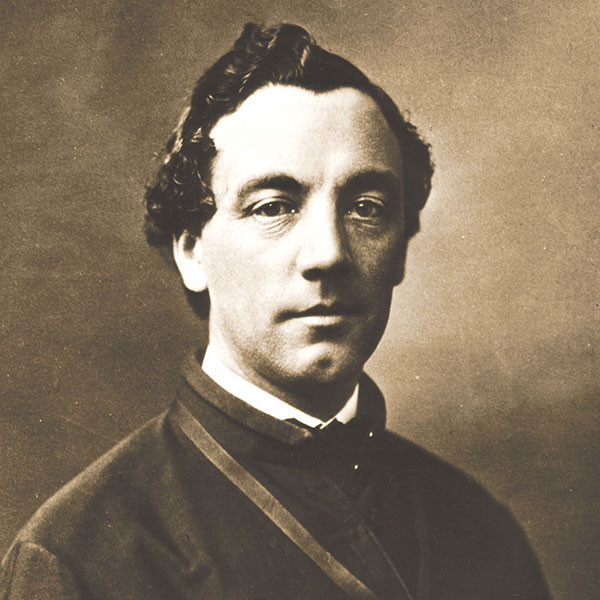



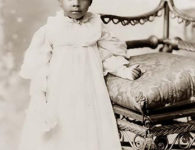
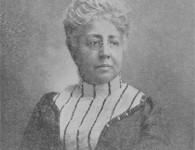
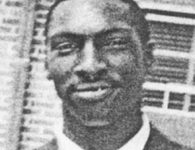




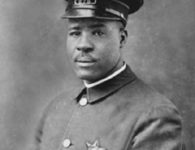
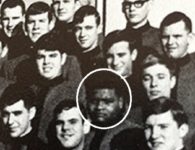
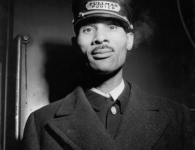
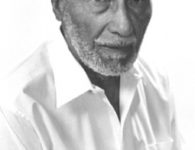
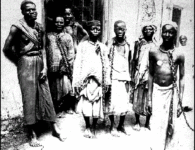


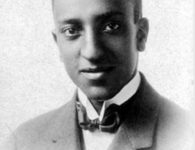

No comments